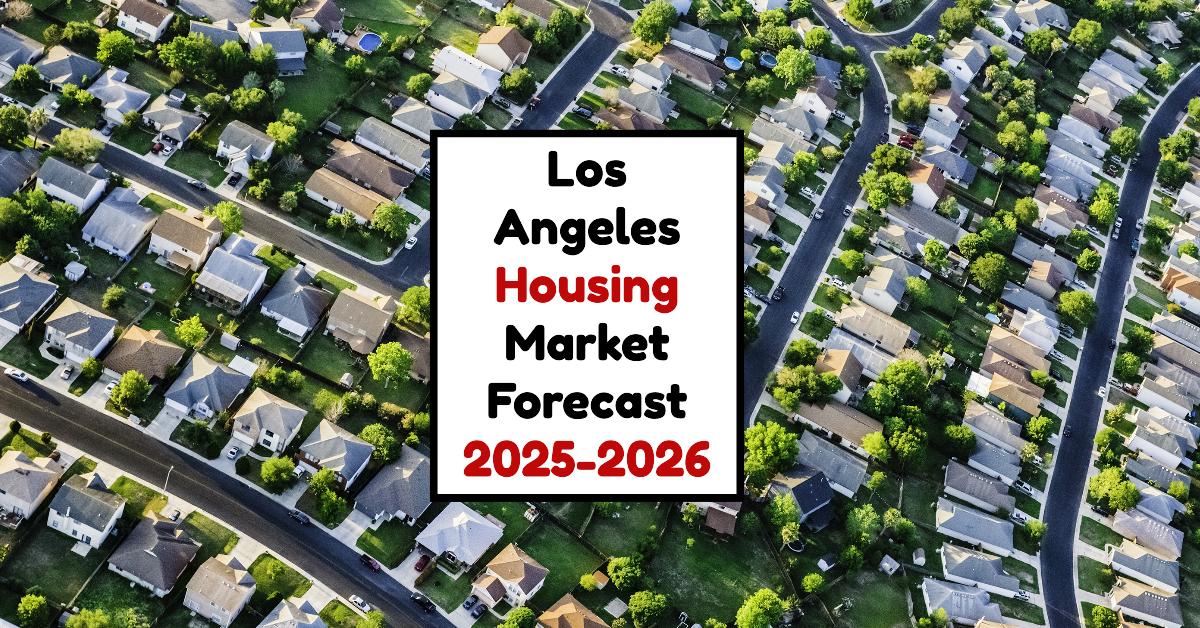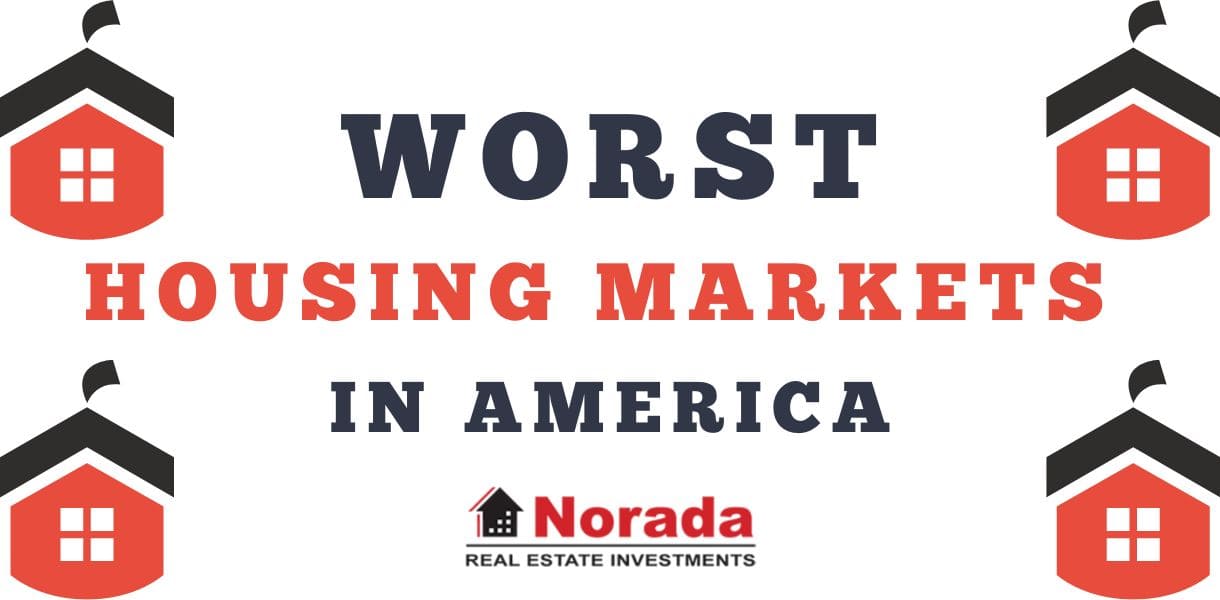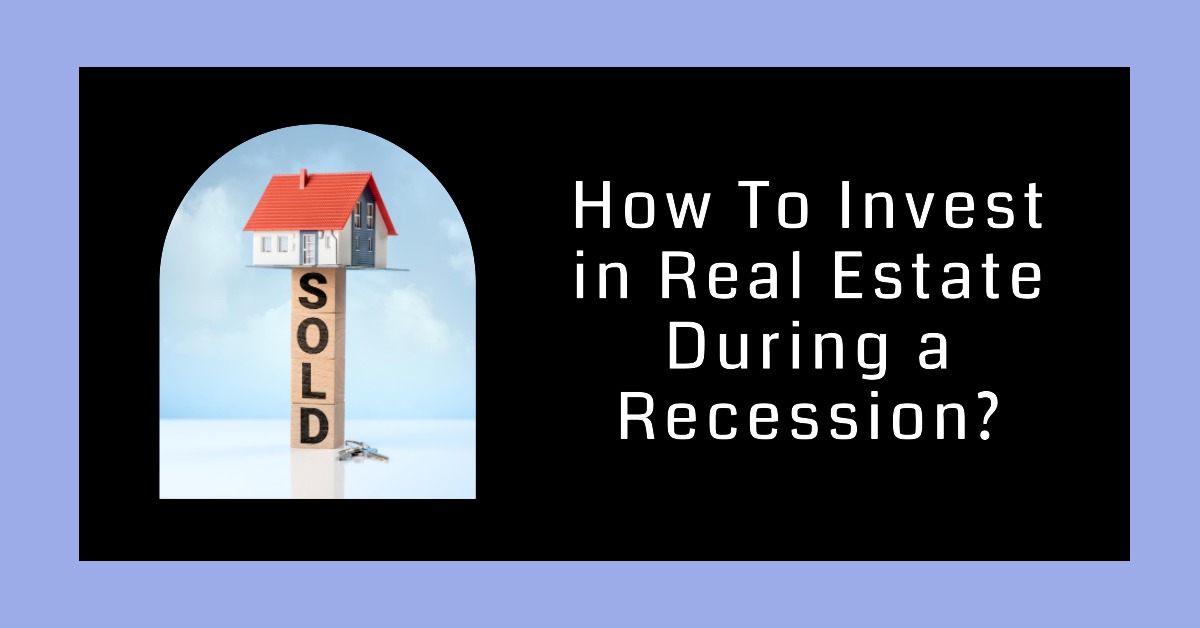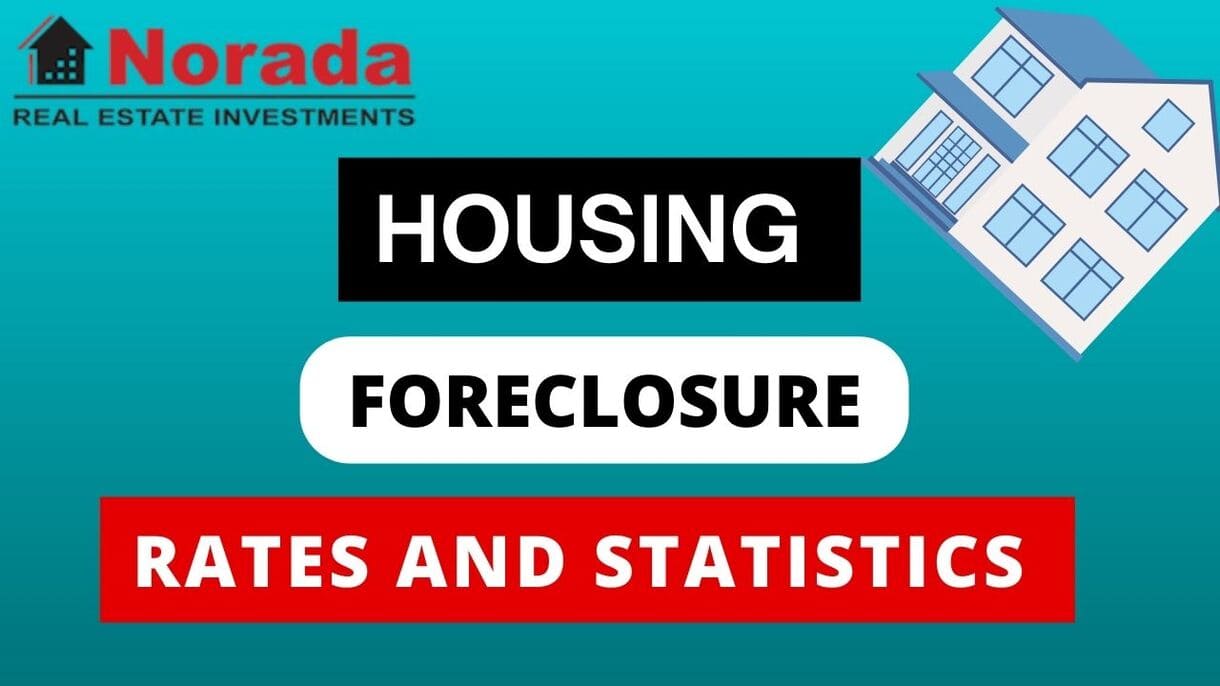The Los Angeles housing market is often talked about, debated, and sometimes even feared, but understanding its current trends is key for anyone looking to buy, sell, or simply stay informed. After a period of uncertainty, August 2025 has brought a glimmer of renewed activity. While it’s not a runaway party, home sales in Los Angeles County are showing signs of a gentle rebound, thanks to a welcome dip in mortgage rates and a stabilizing price point. This modest improvement suggests that the market, while still navigating complex currents, is beginning to find its footing.
Los Angeles Housing Market Trends in 2025:
As someone who's spent years observing and working within the L.A. real estate scene, I've seen cycles come and go. This recent shift isn't a wild boom, but rather a calm breath after a period of holding it. What's driving this? Primarily, it's been the subtle but significant drop in mortgage interest rates. For a long time, high rates had many potential buyers on the sidelines, watching and waiting. Now, with those rates coming down from recent peaks, some of that pent-up demand is starting to be released. It's like a dam slowly opening, letting out a steady, manageable stream of activity rather than a flood.
August's Uptick: Sales and Prices in Focus
Let's dive into the specifics, drawing from the California Association of REALTORS® (C.A.R.) data for August 2025. Across California, existing single-family home sales saw a small increase of 0.9 percent compared to July, reaching a seasonally adjusted annualized rate of 264,240. While this is still down slightly (0.2 percent) from August 2024, it marks a positive step forward from the previous month.
Here in the Los Angeles Metro Area, the picture is a bit more nuanced. We saw a month-over-month price dip of -1.0 percent, bringing the median home price to $837,040. However, compared to August 2024, prices are up a respectable 1.2 percent. Sales volume, on the other hand, experienced a more notable month-over-month decline of 9.2 percent, and a year-over-year dip of 4.7 percent. This suggests that while buyers are returning, they're perhaps being more selective or facing continued affordability challenges.
Statewide Median Home Price: A Gentle Climb
On a broader California level, the median home price in August 2025 was $899,140. This represented a 1.7 percent increase from July and a 1.2 percent increase from the previous year. This stabilization is crucial. For months, we saw prices tick downwards year-over-year, which can create a sense of unease. Now, seeing that positive growth, even if modest, provides a much-needed sense of stability. It tells us that the market isn't in a freefall, and sellers are finding buyers willing to meet their asking prices, or very close to them.
What's Behind the Numbers? A Closer Look
It’s easy to get lost in percentages and figures, but what do they really mean for the everyday Angeleno?
- The Interest Rate Effect: As mentioned, the average 30-year fixed mortgage rate in August 2025 was around 6.59%. This might seem high compared to historic lows, but it's a significant improvement from the higher rates seen earlier in the year. For a buyer with a $700,000 mortgage, a drop of even 0.5 percent can save thousands of dollars per year, making those dream homes feel a little more attainable.
- Inventory Levels: A Slowing Pace of Growth: The Unsold Inventory Index (UII) ticked up to 3.9 months in August, meaning it would take about four months to sell all available homes at that pace. This is up from 3.2 months in August 2024. While higher inventory generally favors buyers, the pace of inventory growth is slowing. Active listings were up 23.5 percent year-over-year, but this is the slowest growth rate since March 2024. This tempering of new supply suggests that sellers are still somewhat cautious, and the market isn't being flooded with homes.
- Time on Market: A Slight Lengthening: Homes in California are taking longer to sell. The median time to sell a single-family home in August 2025 was 31 days, up from 22 days a year ago. In the Los Angeles Metro Area, this figure was even higher at 33 days. This indicates that buyers have a bit more breathing room and aren't facing the intense bidding wars that characterized the hottest market days. This extended time on market also contributes to the stabilizing prices; sellers aren't feeling the pressure to drastically cut prices when they have more time to find the right buyer.
- Sales-to-List Price Ratio: Sweetening the Deal: The statewide sales-price-to-list-price ratio was 98.3 percent in August 2025, down from 100 percent a year prior. What this means is that, on average, homes are selling slightly below their asking price. For buyers, this is an inviting trend. It signifies that well-priced homes are selling quickly, but there's still room for negotiation on others, making it a more balanced environment than the “scorched earth” seller's market of the recent past.
Los Angeles County Specifics: A Closer Look Within the Metro
While the Los Angeles Metro Area data provides a good overview, diving into Los Angeles County itself reveals more granular insights. In August 2025, within Los Angeles County, the median sales price for existing single-family homes was $930,720. This represented a 2.1 percent increase month-over-month and a solid 1.2 percent increase year-over-year.
However, the sales volume paints a slightly different picture. Los Angeles County saw a notable decrease of 16.0 percent in sales month-over-month and a significant 12.3 percent drop year-over-year. This is a key takeaway: while prices are holding steady and even inching up, the sheer number of transactions is down significantly.
This disparity between price stability and declining sales volume often points to a few things:
- Affordability Constraints: Even with slightly lower interest rates, the sheer cost of housing in L.A. County remains a major barrier for many. A 1.2% price increase might be a positive market indicator, but at this price point, it still represents tens of thousands of dollars, which is substantial for many households.
- Inventory Mix: It's also possible that the types of homes being sold are shifting. If higher-priced homes are the ones transacting, it can artificially boost the median price even if the number of overall sales is down.
- Seller Holdout: Some sellers might be looking at the stable prices and assuming they can still get top dollar. However, with increased time on market and slightly softer buyer demand in terms of volume, they might need to adjust their expectations or pricing strategies to attract buyers.
The Southern California Region: A Wider Lens
Broader Southern California, which includes L.A. County, shows a median price of $873,480 in August 2025. This is largely flat month-over-month (-0.2%) but shows a 1.2 percent gain year-over-year. Sales in Southern California experienced a 7.3 percent decline month-over-month and a 3.7 percent drop year-over-year. This reinforces the trend seen in L.A. County – stable or slightly rising prices but a noticeable slowdown in transaction volume.
Looking Ahead: The Unpredictable Future
The real estate market is never static. My gut feeling, based on years of experience, is that we'll continue to see this cautious optimism prevail for the remainder of 2025, provided interest rates don't spike again. The underlying demand for housing in Los Angeles is still strong, fueled by population growth and its status as a desirable place to live. However, the affordability challenge will remain a significant factor, capping rapid price appreciation and keeping sales volumes from exploding.
The key will be how the interplay between mortgage rates, inflation, and overall economic health evolves. If rates remain somewhat stable, we could see a more consistent, albeit perhaps slower, pace of sales. If inflation picks up, potentially leading to higher rates, we might see a return to more stagnant or declining sales figures. For now, though, there's a sense that the market is finding its equilibrium, offering a more balanced environment for buyers and a clearer picture for sellers. It’s a time for informed decisions, not impulsive actions.
Los Angeles Housing Market Forecast: Will Prices Rise or Fall?
You're probably wondering what's going to happen with prices. The Los Angeles housing market forecast suggests a slight decrease over the next year. While the national real estate market may pick up, Los Angeles specifically will likely see some downward pressure on home values. Let's dig into the details and see what factors are shaping the future of housing in LA.
Currently, the average home value in the Los Angeles-Long Beach-Anaheim area is $972,837. That's up about 1.1% from last year, which isn't a huge jump. Homes are going pending pretty quickly, in about 20 days. But, is this trend expected to continue?
According to Zillow's latest projections, here's what they see happening in the Los Angeles housing market over the next year:
| Timeframe | Predicted Home Value Change |
|---|---|
| July 2025 | -0.4% |
| September 2025 | -0.9% |
| June 2025 to June 2026 | -1.3% |
Basically, Zillow anticipates a gradual cooling off. While it's not a crash, they believe values will edge down a bit.
How Does L.A. Compare To Other California Markets?
Okay, Los Angeles might see a slight dip. But what about other parts of California? Here's a quick look at how the forecast compares to other major metro areas using the same forecast data:
| Region | Predicted Home Value Change (June 2025 – June 2026) |
|---|---|
| San Francisco, CA | -6.1% |
| San Diego, CA | -1.5% |
| Riverside, CA | -0.9% |
| Sacramento, CA | -3.7% |
| San Jose, CA | -4.0% |
| Fresno, CA | -1.2% |
| Bakersfield, CA | -0.1% |
| Los Angeles, CA | -1.3% |
As you can see, Los Angeles' forecasted decline is less than some other California cities, but still a bit downward.
What About the National Picture?
While the Los Angeles housing market faces a slight correction, the national outlook, according to the National Association of Realtors (NAR), is more positive. Their Chief Economist, Lawrence Yun, thinks “brighter days may be on the horizon.” Here's what he's predicting:
- Existing home sales are expected to rise by 6% in 2025 and 11% in 2026.
- New home sales are projected to climb by 10% in 2025 and another 5% in 2026.
- Median home prices are forecasted to continue increasing modestly, with a rise of 3% in 2025 and 4% in 2026.
- Mortgage rates are anticipated to average 6.4% in the second half of 2025 and dip further to 6.1% in 2026.
He considers lower mortgage rates the “magic bullet” for boosting the market.
Will Home Prices Crash in Los Angeles?
Based on these forecasts, a crash seems unlikely. While there seems to be a real estate market slowdown and a price correction, a significant crash seems unlikely. The Los Angeles market is still competitive, and demand remains relatively strong. A slight dip in prices could even be a good thing, making homes more affordable for potential buyers.
Looking Ahead to 2026
Predicting beyond a year is always tricky, but if the NAR's predictions hold true, the Los Angeles housing market could see a slight recovery in 2026. With potentially lower mortgage rates and a growing national market, LA could mirror this trend, evening out back around where it is now. However, local economic conditions and housing supply will play a significant role. It's best to keep an eye on the data and consult with a real estate professional for the most up-to-date advice.
Should You Invest in the Los Angeles Real Estate Market in 2025?
Los Angeles has historically been a sought-after real estate market due to its desirable location, diverse economy, and strong demand for housing. Here are some key points to consider:
Market Stability
Los Angeles has a relatively stable real estate market with a history of consistent, long-term appreciation in property values. This stability is driven by factors such as the city's status as an economic hub, its thriving job market, and the limited supply of land for new construction. However, it's essential to note that like any market, there can be fluctuations, and past performance is not indicative of future results.
Property Appreciation
Over the long term, Los Angeles properties have typically appreciated in value. While there can be short-term fluctuations, investing with a long-term perspective can allow you to benefit from the city's overall property value growth.
Rental Income Potential
Los Angeles has a strong rental market, with a high demand for both single-family and multi-family rentals. This presents an opportunity for investors to generate rental income. However, rental income potential can vary depending on the neighborhood and property type.
Consideration for Property Type
Investors in Los Angeles can choose between single-family and multi-family properties. Single-family homes often provide more predictable rental income and potential for appreciation, while multi-family properties can offer multiple income streams but come with added management responsibilities.
The Housing Shortage Dilemma
Los Angeles is no stranger to the housing shortage dilemma. As its population continues to grow, driven by a robust job market and desirable lifestyle, the housing market struggles to keep pace. The consequences are multifold, affecting both renters and potential homeowners. High demand has led to escalating rental costs and home prices, making housing less affordable for many.
Investor's Paradise: The Demand-Supply Gap
For real estate investors, this gap between demand and supply represents a significant opportunity. The housing shortage has created a strong demand for rental properties, offering the potential for attractive rental income and return on investment. Here's why Los Angeles is an investor's paradise:
- Rental Income: High demand for housing has driven up rental rates, providing investors with the prospect of steady rental income.
- Property Appreciation: Despite the challenges, Los Angeles properties have shown a history of appreciating in value over the long term.
- Population Growth: Los Angeles continues to attract new residents due to its economic opportunities and lifestyle. This demographic growth fuels the demand for housing.
- Construction Gap: Construction in Los Angeles hasn't kept pace with population growth, intensifying the supply-demand imbalance.
Economic Diversity
Los Angeles is renowned for its economic diversity. The region's economy spans various sectors, including entertainment, technology, aerospace, healthcare, and tourism. The presence of major corporations, such as those in the entertainment and tech industries, has been a key driver of job creation and economic growth. The city's thriving tourism industry, centered around attractions like Hollywood and Disneyland, also plays a significant role in generating revenue and job opportunities.
Job Growth
Los Angeles has consistently experienced job growth, making it an attractive destination for job seekers. The city's diverse economic landscape provides opportunities in various fields. It is a hub for creative industries, with Hollywood serving as the epicenter of the global entertainment industry. Additionally, the tech sector has witnessed substantial growth in Silicon Beach, an area on the west side of Los Angeles, home to numerous tech startups and established companies.
The presence of educational institutions, including the University of California, Los Angeles (UCLA) and the California State University, Northridge, contributes to research, development, and a well-educated workforce. The healthcare sector, with renowned institutions like the Cedars-Sinai Medical Center, further drives job opportunities.
Population Growth
The Los Angeles Metropolitan Area's strong economy and job market have attracted a steady influx of residents. The population of the Los Angeles metro area is projected to be 12,598,000 in 2024, which is a 0.51% increase from 2023. However, the population of Los Angeles County is estimated to be 9,606,925 in 2024, which is a 0.58% decrease from the previous year.
The allure of the city's lifestyle, cultural diversity, and range of amenities has made it a magnet for people from various backgrounds. The region's population growth can be attributed to factors such as:
- Job Opportunities: People move to Los Angeles in search of better job prospects and career growth.
- Education: The presence of top-tier universities and educational institutions attracts students and faculty from around the world.
- Cultural Attractions: The city's vibrant cultural scene, including theaters, museums, and art galleries, appeals to those seeking a rich cultural experience.
- Quality of Life: Los Angeles offers a pleasant climate, beautiful landscapes, and recreational opportunities that enhance the quality of life.
- Entertainment Industry: The allure of the entertainment industry draws aspiring actors, musicians, and filmmakers to Los Angeles.
As the population continues to grow, the demand for housing and services surges, creating a dynamic environment for real estate investors.
How to Invest in Real Estate in Los Angeles?
Investing in real estate in Los Angeles involves several steps:
1. Research the Market: Begin by thoroughly researching the Los Angeles real estate market. Analyze historical property values, rental trends, and the performance of different neighborhoods.
2. Financial Preparation: Ensure your financial situation is in order. This may include saving for a down payment, understanding your credit score, and securing financing.
3. Property Selection: Choose the type of property you want to invest in, whether it's a single-family home, multi-family building, or another type. Consider your investment goals and budget.
4. Location Matters: Location is critical in Los Angeles. Research neighborhoods and select areas with potential for growth and strong rental demand.
5. Property Management: Decide whether you'll manage the property yourself or hire a property management company. This choice may depend on the number of units and your experience.
6. Legal and Tax Considerations: Understand the legal and tax implications of real estate investing in Los Angeles. Consult with professionals if needed.
Single-Family Rental vs. Multi-Family Investment
When considering whether to invest in single-family or multi-family properties, it's essential to weigh the pros and cons of each:
Single-Family Rental:
- Typically lower initial investment.
- Easier property management.
- Predictable rental income.
Multi-Family Investment:
- Multiple income streams.
- Potential for higher overall rental income.
- More management responsibilities.
The choice between the two depends on your investment goals, budget, and willingness to manage the property. Both can be viable options in the Los Angeles market.
Maximizing Return on Investment
Investors looking to maximize their return on investment (ROI) in Los Angeles should consider the following strategies:
- Location Selection: Carefully choose neighborhoods with strong rental demand and potential for property appreciation.
- Property Type: Evaluate whether single-family or multi-family properties align with your investment goals and budget.
- Property Management: Efficient property management can enhance ROI by reducing vacancies and maintenance costs.
- Market Timing: Keep an eye on market trends and consider timing your investment to take advantage of favorable conditions.
- Legal and Tax Considerations: Consult with legal and financial experts to ensure you're optimizing your investment from a legal and tax perspective.
Recommended Read:
- Minimum Qualifying Income to Buy a House in Los Angeles is $219,200
- Top 5 Richest Cities in the Los Angeles County
- 20 Wealthy Neighborhoods in Los Angeles
- Average Home Price in Los Angeles
- Unveiled: The Top 5 Richest Cities in Los Angeles County You Need to Know About
- Minimum Qualifying Income to Buy a House in Los Angeles is $219,200





